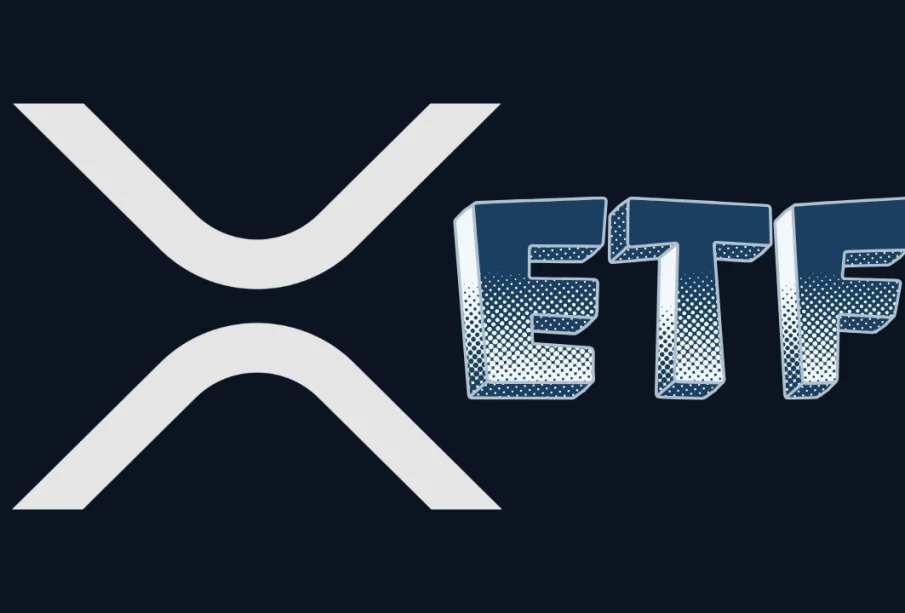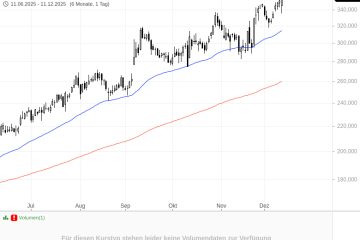XRP: Revolutionising Digital Transactions

Introduction to XRP
XRP, a digital asset created by Ripple Labs in 2012, has garnered significant attention in the cryptocurrency landscape. Its importance lies in its ability to enhance cross-border transactions, making them quicker and more cost-effective. As digital transactions increasingly dominate the global economy, understanding XRP’s role becomes essential for investors, businesses, and enthusiasts alike.
The Rise of XRP
Over the past few years, XRP has experienced unprecedented growth. The asset’s unique selling propositions include its fast transaction times—typically around 3-5 seconds—and low transaction fees, averaging a fraction of a cent. This efficiency contrasts starkly with other cryptocurrencies like Bitcoin, which can suffer from slower processing times and higher costs due to network congestion.
XRP’s primary use case centres around the RippleNet, a network designed to facilitate real-time global payments. Banks and financial institutions leverage this technology to settle international transactions seamlessly, bypassing traditional banking bottlenecks. As of October 2023, numerous banks, including Santander and American Express, have commenced testing and implementing Ripple’s solutions, reflecting a growing acceptance of this innovative technology.
Current Market Trends
As the cryptocurrency market fluctuates, XRP has recently shown signs of resilience, climbing back into the top rankings of digital assets by market capitalization. Recent reports indicated that global interest in XRP surged, particularly after legal victories against regulatory challenges in the United States. A pivotal court ruling in 2023 concluded that XRP is not a security when sold to the general public, significantly enhancing its adoption potential.
Conclusion and Future Outlook
As payment solutions continue to evolve, XRP’s relevance is likely to expand. Financial analysts predict that as more institutions engage with blockchain technologies, the demand for efficient transaction processes will rise, further embedding XRP into the fabric of financial systems. With its practical use case and growing institutional interest, XRP is poised to play a vital role in the future of digital finance. For investors and stakeholders, staying informed about developments surrounding XRP will be crucial in navigating this dynamic and fast-evolving market.









